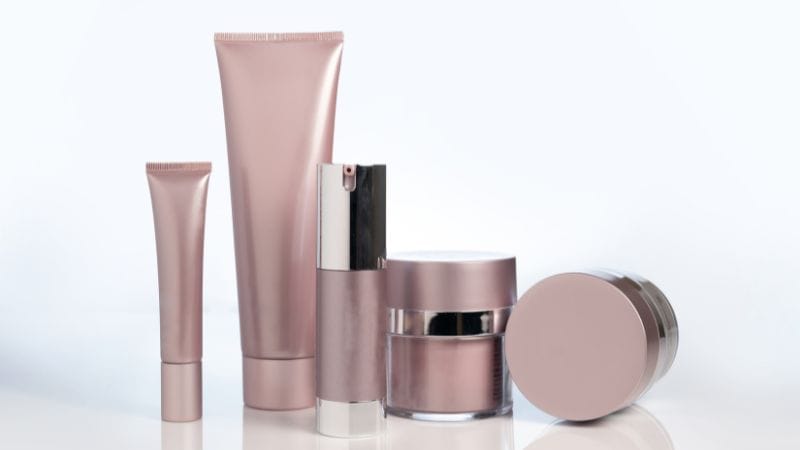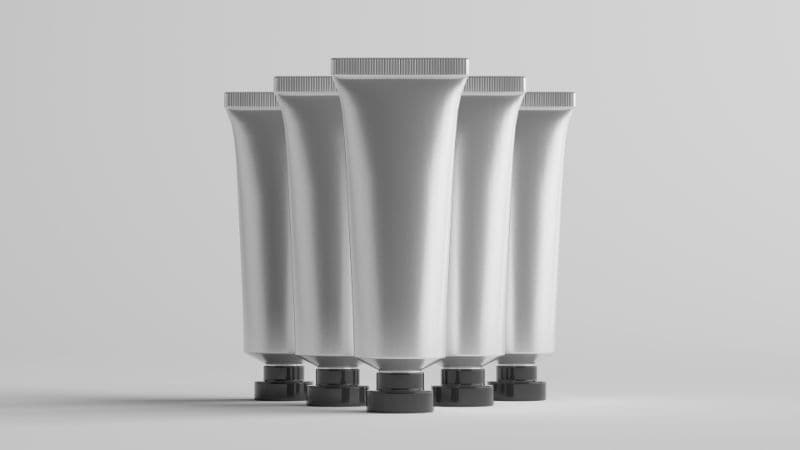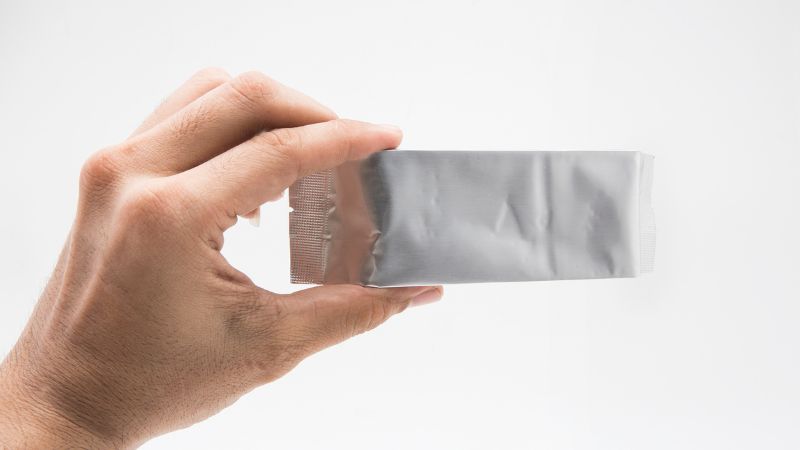Among the various materials used in cosmetic packaging, aluminum has gained significant attention due to its unique properties and potential benefits.
This article aims to uncover the facts surrounding aluminum’s use in cosmetic containers, addressing common concerns and misconceptions.
By examining the properties of aluminum, its potential advantages, and the measures taken by manufacturers to ensure product safety. Additionally, we will explore the environmental implications of aluminum packaging and discuss strategies for achieving sustainable and cost-effective solutions in the cosmetics industry.

What is Aluminum Cosmetic Packaging?
When you select your beauty products, you might notice that more brands offer items in aluminum packaging.
Aluminum is a versatile metal commonly used in the beauty industry for cosmetic packaging. This type of packaging ranges from aluminum tubes for creams and lotions to bottled products such as shampoos and perfumes.
Is Aluminium Safe for Cosmetic Packaging?
You may have heard concerns about a possible link between aluminum and Alzheimer’s disease.
While some studies have found higher levels of aluminum in the brains of people with Alzheimer’s, the majority of scientific evidence does not support a direct causal relationship between aluminum exposure from everyday sources and the development of Alzheimer’s.
Most experts believe the small amounts of aluminum absorbed from food, drinking water, medications, and other consumer products do not pose a significant risk, especially for people with normal kidney function.
Aluminum packaging is generally safe for cosmetic products when proper protective measures are in place.
Aluminum itself is non-toxic and does not leach harmful substances into cosmetic products. It can be coated with a protective layer like epoxy phenolic lacquer to prevent any potential reactions with the contents.
What are the Advantages of Aluminum Packaging?

Lightweight and Durable
- Sustainability: Aluminum’s nature as a lightweight and strong material contributes to the sustainability of your packaging. Compared to heavier packaging options, the reduced weight cuts down on shipping costs and carbon emissions.
- Durability: Despite its lightness, aluminum offers impressive durability. It’s resilient against dents and corrosion, which means your products are well-protected during transit and handling.
Product Preservation and Integrity
Aluminum’s non-reactive nature helps ensure the integrity of the cosmetics it houses, keeping them in their intended state.
Aluminum packaging provides a formidable defense against moisture, which is essential for water-based products. Furthermore, it greatly reduces the risk of oxidation, which is vital for preserving oils and fragrances.
With exceptional barrier properties, aluminum packaging safeguards your beauty products from external factors such as: moisture, light, and air, greatly extending their shelf life.
Customization and Aesthetic Appeal
- Customizable: You can tailor aluminum packaging to meet your specific needs, whether through unique shapes, sizes, or designs.
- Visually Appealing: It’s easy to create a visually stunning package that stands out on the shelf. Aluminum exudes a clean, modern look that can complement the beauty and branding of your cosmetics, making it highly aesthetically appealing.
Is Aluminium Packaging Good for the environment?
Aluminum packaging is an environmentally sustainable packaging.
When considering using aluminum packaging for your cosmetics, you’re looking at a choice with significant environmental benefits, primarily due to its recyclability and the energy saved in the process.
Not only is aluminum recyclable but choosing recycled aluminum can reduce energy consumption significantly. A reusable and recyclable eco-friendly package ensures you contribute to a circular economy.
What is the Example of Aluminium Packaging?
Bottles, Tubes, and Jars
Aluminum bottles, tubes, and jars are prevalent in the beauty industry for their durability and protection against contamination. Here’s what you might encounter:
- Aluminum Bottles: Ideal for liquid skincare products, they provide excellent barrier protection.
- Tubes: Flexible and often used for creams and ointments, aluminum tubes are lightweight and prevent leakage.
- Jars: Typically used for thick creams and scrubs, aluminum jars offer robustness and an airtight seal to extend product life.
Pumps, Sprays, and Caps
Accessories like pumps, sprays, and caps are complementary components of aluminum cosmetic packaging, enhancing usability and precision. A closer look reveals:
- Pumps: They fit on aluminum bottles and are designed for measured, mess-free dispensing.
- Sprays: Aluminum sprays ensure a fine mist application, often used for perfumes and facial mists.
- Caps: These complete the package, securing the content, and are custom-fitted to various bottle and tube openings.
Comparison With Other Packaging Materials

| Criteria | Aluminum | Plastic | Glass |
|---|---|---|---|
| Safety | Non-toxic and resistant to corrosion Protective inner coatings prevent reactions with contents | Some plastics can leach chemicals like BPA/phthalates Not all are food-safe | Inert, non-toxic, and does not react with contents Considered very safe |
| Environmental Impact | Highly recyclable, recycling saves 95% of production energy Mining and production are energy-intensive | Low recycling rates, degrades each time it’s recycled Production uses fossil fuels and generates pollution | Made from abundant raw materials Fully recyclable but energy-intensive to produce and transport |
| Carbon Footprint | 96% lower carbon footprint if made from 100% recycled material In reality, higher footprint as only 45% of cans are recovered (in US) | Plastic bottles release 10-90% more GHG emissions than alternatives over life cycle Take 450+ years to break down | Breakeven point of 2-3 uses compared to plastic bottles |
| Cost | More expensive to produce than plastic Recycled aluminum is cost-effective | Generally the cheapest material to produce | Raw materials are low-cost but production is energy-intensive Breakability adds cost |
| Durability | Lightweight yet strong and resistant to damage Protects contents well | Lightweight but less durable Some plastics are brittle | Very durable but breakable and heavy |
| Recyclability | Infinitely recyclable without quality loss 75% of all aluminum ever produced is still in use | Recyclable but degrades each time Only 9% gets recycled | 100% recyclable forever without quality loss Recycling rates are moderate |
Frequently Asked Questions
What are the best practices for storing cosmetics in aluminum packaging to ensure product integrity?
To maintain the integrity of your cosmetics, store aluminum containers in a cool, dry place away from direct sunlight. Ensure the packaging is undamaged to continue benefiting from its barrier protection.
Are there any regulations or standards that aluminum cosmetic packaging must meet?
Yes, aluminum cosmetic packaging must comply with specific industry standards and regulations that govern packaging safety and quality to ensure consumer protection and product integrity.
How does the cost-effectiveness of aluminum packaging stack up against other cosmetic packaging options?
While the initial cost may be higher than some other materials, the durability and recyclability of aluminum often make it a more cost-effective option in the long run due to its extended lifespan and potential for reuse.
